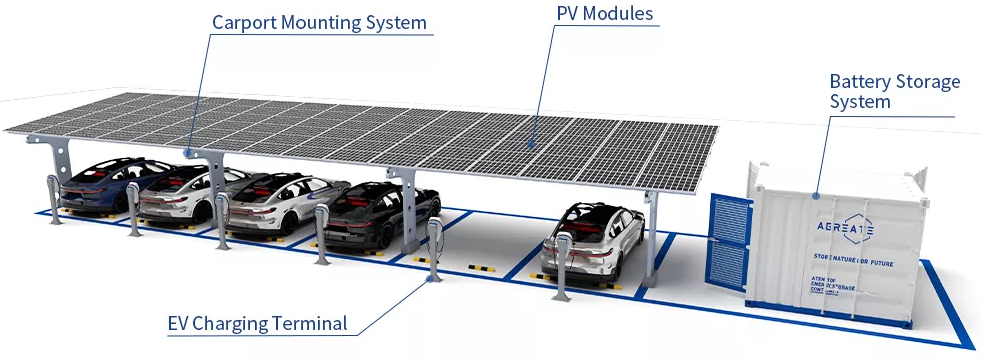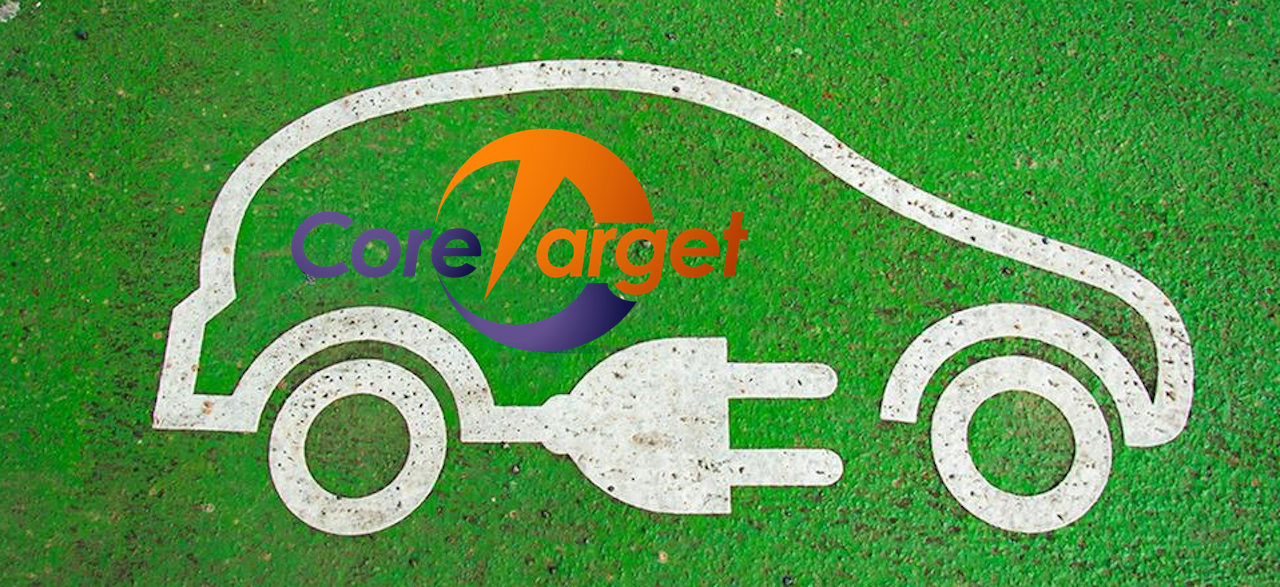Globally we are undergoing a once-in-a-century mobility revolution, can embrace this opportunity. Success will require the building out of the EV-charging infrastructure, clearly communicated strategies, and strong cooperation among a wide variety of public and private stakeholders.
- We must get the fundamentals right today and build infrastructure that can accommodate 140 million electric vehicles (EVs) around the Globe by 2035.
- The future of e-mobility and associated wins for customers and the environment will be found in collaborative partnerships within an extended ecosystem.
- Success will hinge on compelling customer incentives and the electrification of vehicles that appeal to the everyday needs of consumers around the Globe.
Sustainable EV adoption is highly dependent on scaling public charging infrastructure. Based on our experience, there are three important actions CPOs can take that will significantly impact the growth of the market: maximizing value for shareholders, achieving operational excellence and partnering with the wider EV ecosystem.
Maximize value for shareholders
There are three core levers that can improve return on investment in charge point infrastructure:
- Maximize revenue growth by choosing technology and locations that ensure high utilization, optimizing pricing for strong margins and pursuing auxiliary revenue streams (advertising, etc.).
- Reduce operational costs such as by improving installation cost efficiency, procuring hardware in large volumes and anticipating future demand in utility installation.
- Optimize financing costs with the right capital structure and appropriate gearing, which reduces the weighted average cost of capital (WACC), resulting in higher returns for shareholders.

Achieve operational excellence
With huge growth of the charging network expected, there will be several opportunities for players across the value chain. CPOs need to ensure that this growth in infrastructure scale is not at the expense of uptime and other key competitive criteria. In our experience, leading CPOs are adopting five principles to scale effectively:
- Brand clarity: In our experience, focusing on specific charger speeds and locations (public vs. private) leads to better customer satisfaction.
- Footprint optimization: Finding locations that complement where the operator chooses to play is also key in maximizing charge point utilization.
- Commercial relationships: The use of commercial relationships is important – these will aid in the search for suitable sites and provide security for both partners through win-win commercial terms.
- Supply chain resilience: CPOs also need to ensure the strength of the supply chain by carefully selecting technology suppliers and ensuring partnerships will not be a bottleneck to growth.
- Strong reliability: The best way CPOs can maintain customer loyalty is to ensure strong reliability of their networks. This can be done by choosing hardware that is reliable, accessible and simple to use, but by also ensuring strong software architecture.
Partnering with wider EV ecosystem
The public charging market will only be as strong as its underlying drivers. The responsibility for creating a customer experience that ensures continued EV adoption does not lie solely with CPOs – we believe there are three important actors in the EV ecosystem:
- Government: There are two lenses to view government partnerships. The first is through central governments accessing big financial support mechanisms (such as the rapid charging fund in the UK). The second is to work alongside local governments to enable quicker infrastructure development, e.g., quicker planning for grid connections.
- Automotive OEMs: Work with OEMs to better understand consumer behaviors and match charge point specifications accordingly.
- Renewable generators: Potential synergies with those looking to enter new markets. Potential to co-locate generation assets with charge points. Localized renewable energy can reduce cost of electricity to CPOs either via private wire or on-site generation.
